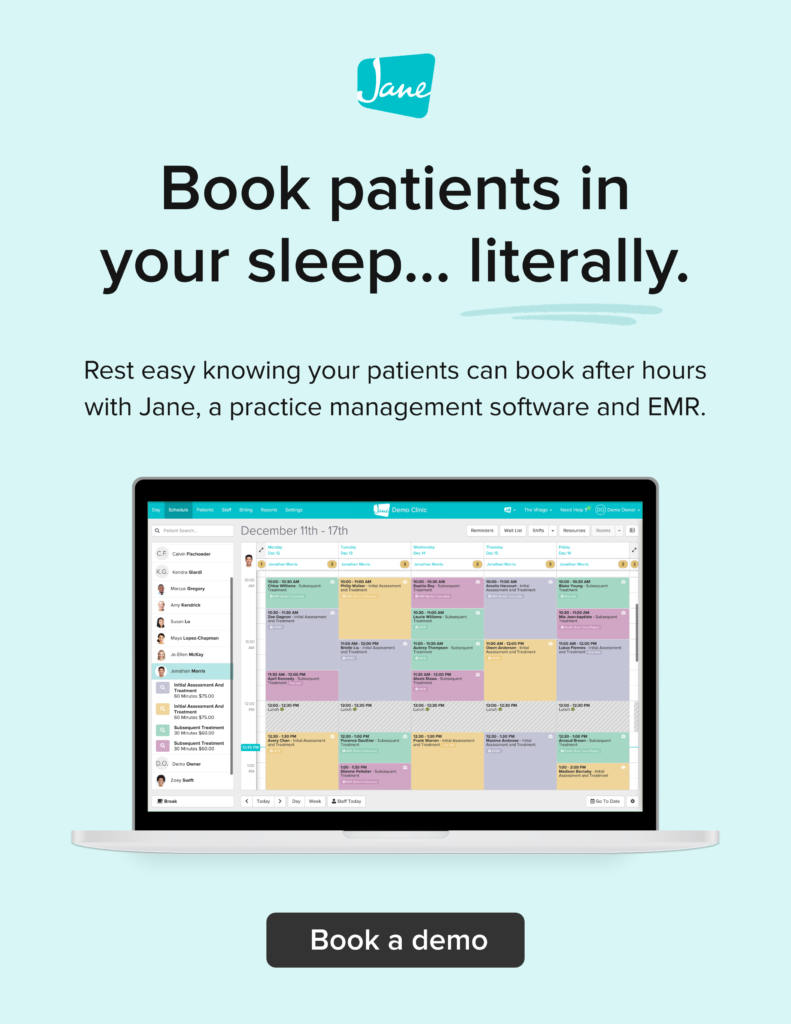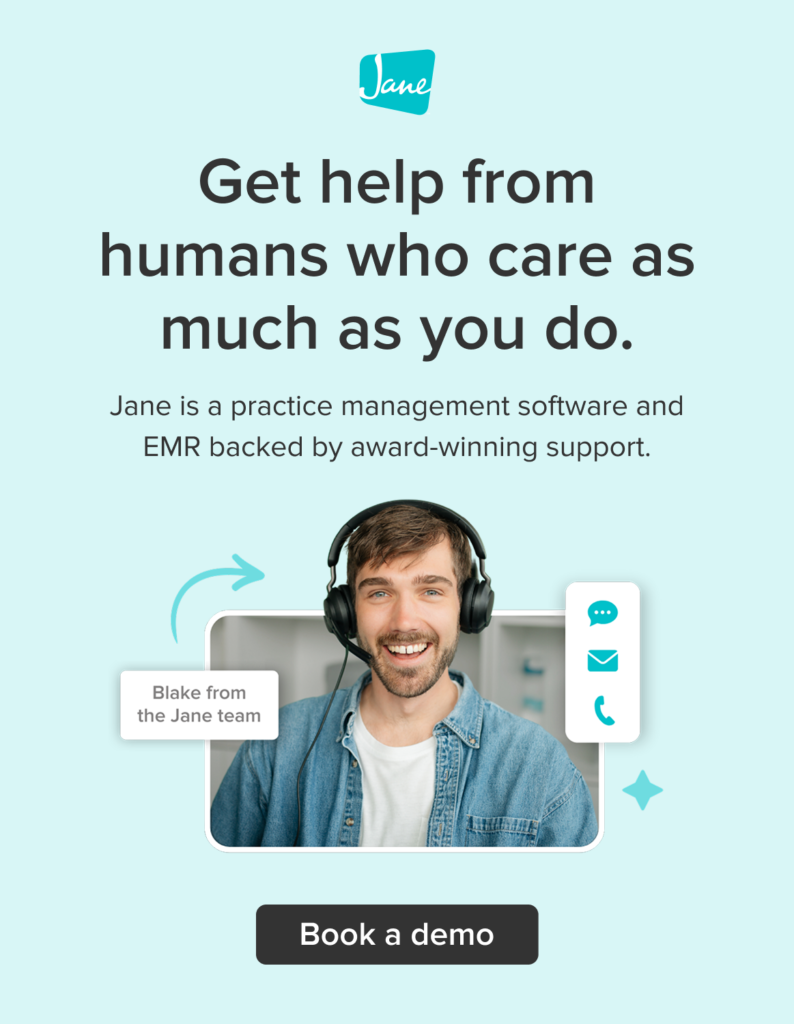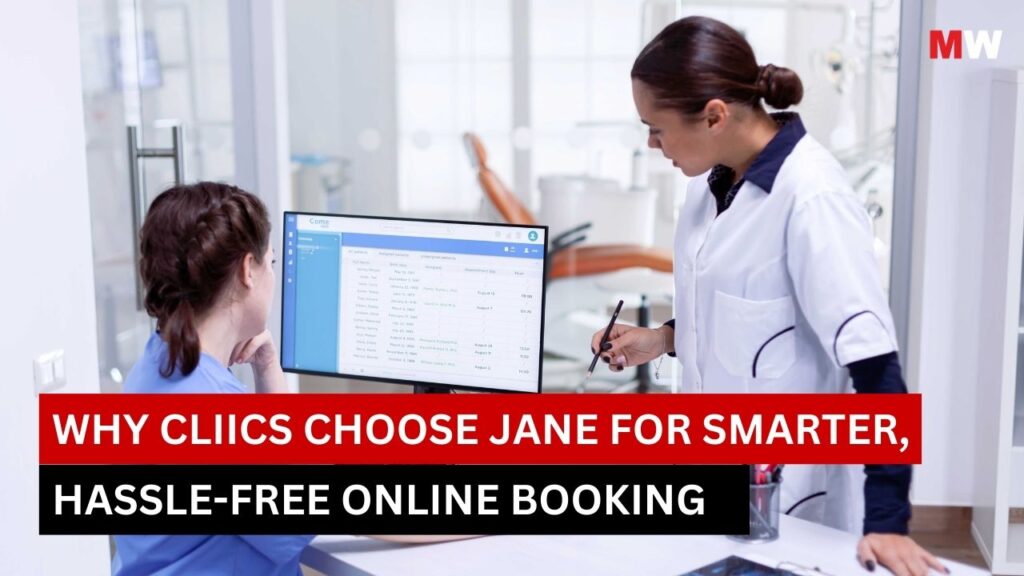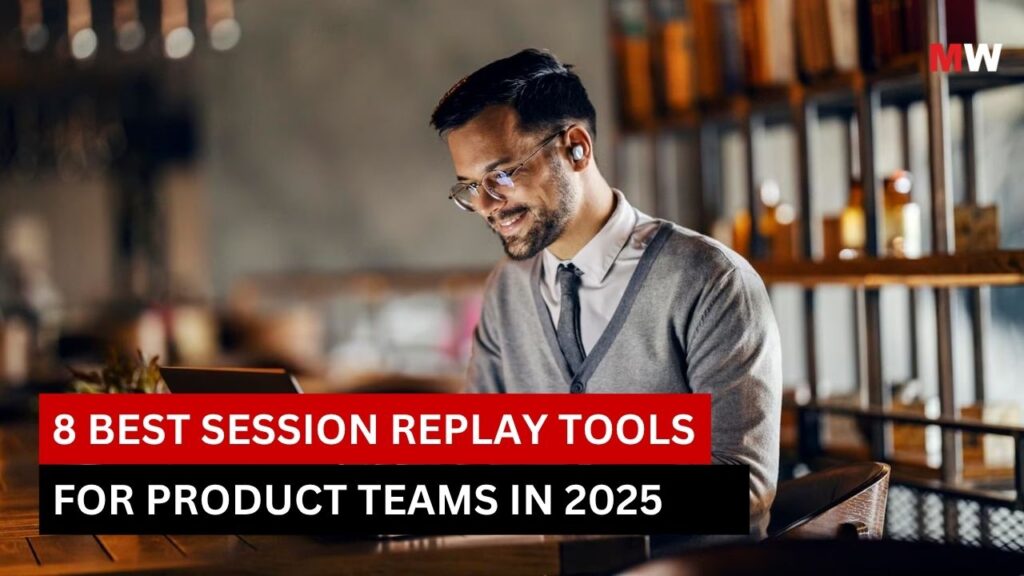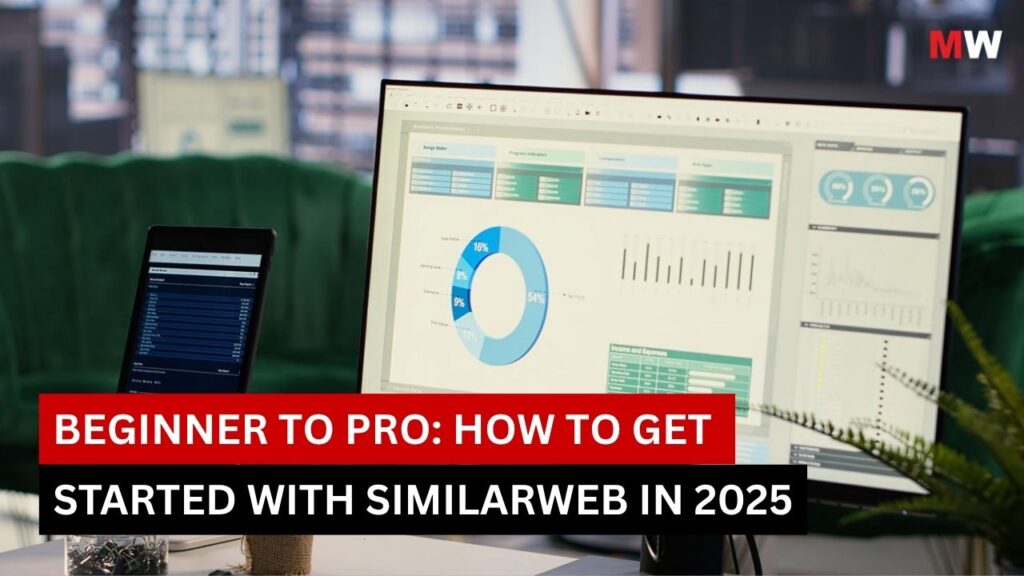
Becoming an authentic blogger in today’s AI-driven landscape can feel intimidating. Navigating your way into this world with an ideal budget adds to the challenge. But what if we told you that it’s easier to figure out than you might think? In this blog, let’s explore both the economical and premium options to start a blog in 2024.
Why Start a Blog in 2024?
Blogs serve as platforms for individuals and companies to establish or promote their brands—both personal and professional—within the digital sphere. This enables them to connect with their target audience and run services or businesses in their respective fields. Bloggers aim to:
- Answer the most pressing questions in their niches
- Build authority in their domains
- Share opinions on current events
- Communicate effectively with potential audiences
Blogging spans various fields, ensuring a presence in the tech space, and it’s important to note that it’s one of the oldest digital cultures, dating back to 1994.
How Much Does It Cost to Start a Blog in 2024?
The cost of starting a blog in 2024 varies based on your budget and how quickly you want to reach your target audience. You can start with zero costs or expand your budget into the hundreds. Many begin with free hosting platforms, which are a practical and safe way to enter the blogging world.
Here’s a list of platforms to start a blog, ranging from free to paid options.
Free Hosting Platforms for Beginners
1. Blogger (Free)
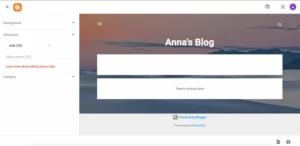
Google’s free blogging platform is well-known for helping beginners start a blog. It offers user-friendly templates, but note that you have limited control over design, and blogs are published on a subdomain (e.g., yourblog.blogspot.com).
2. Medium (Free and Paid)

Medium presents a different take on blogging, functioning as a social platform where you can start a blog and showcase your work to a wider audience. Think of it as Instagram for bloggers—minimalist and cost-effective. However, it shares similar design limitations as Blogger and lacks website hosting options.
3. WordPress (Free and Paid)
For those who prioritise audience reach over design control, WordPress is an excellent choice to start a blog. It offers a vast selection of themes and plugins. However, the free plan restricts custom domain use and limits plugin installations on self-hosted WordPress sites.
4. Wix (Free and Paid)
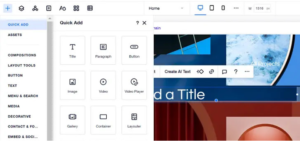
Wix.com stands out as a popular freemium website builder that enables beginners to start a blog and host their own sites. It provides advanced design options and serves various needs, including e-commerce, email marketing, and blogging. If you have a flair for design, Wix may be the right fit, with custom domain options available in various pricing plans.
5. Canva Website Builder
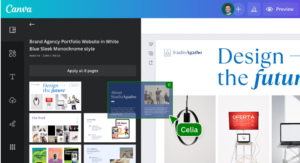
Canva’s website builder allows you to start a blog for free, drawing on the same features as its graphic design platform. While better than Blogger, it still has design limitations and provides a subdomain (e.g., https://yourwebsitename.my.canva.site/). You’ll need hosting for a customized domain. Despite its limitations, it’s user-friendly for beginners building blogs from scratch.
Paid Platforms to Consider
Using free resources is ideal for beginners looking to learn a new skill, but when you’re ready to take blogging seriously, investing in paid services can save time and energy. If you’re ready to start a blog with a professional and customized website, consider these paid options:
Key Considerations for Building Your Blog
1. Define Your Requirements
Avoid pitfalls if you’re new to blogging. List your requirements, such as audience size, lead conversion targets, and design needs. Conduct research to identify the right platform and budget, considering:
- Your niche
- Brand name (if applicable)
- Domain name
- Brand guidelines
- Features offered
- Website security measures
- Ideal budget
Make sure to choose a unique domain name that is available on hosting platforms before you start a blog.
2. Gather Design Inspiration

Once you’ve decided to start a blog, gather inspiration from existing websites in your niche. Use platforms like Pinterest, Behance, and Dribbble to collect design ideas (but don’t replicate; add your unique spin). If you hire someone to build your blog, communicate your requirements clearly to save time and money.
3. Utilise Free Resources
Not everything valuable is paid. Seek out free resources, such as templates and plugins. Prioritise research to find the best alternatives before spending money. Use sites like Pexels, Unsplash, and Pixabay for free stock images.
4. Explore Marketing Tools
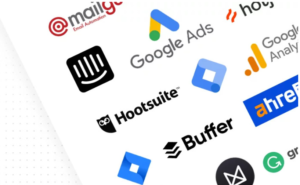
Leverage free marketing resources to promote your blog via social media, SEO, and email marketing. Consider using tools like Semrush, Google Analytics, Mailchimp, and SocialBee (all offer free plans).
To boost your SEO and email marketing efforts, explore our recommendations for top SEO tools and effective email marketing strategies that can help optimise your content and improve visibility when you start a blog.
5. Embrace Minimalism
Avoid overwhelming your readers with unnecessary plugins. Maintain minimalist and standard brand guidelines throughout your blog. Focus on effective and essential functionalities, keeping it clean and user-friendly.
6. Seek Feedback
Before launching your blog, gather feedback from family, friends, and colleagues. Don’t hesitate to consider reader feedback as a means to improve your writing and site when you start a blog.
Conclusion
Remember, every expert was once a beginner who learned and adapted along the way. Free resources are valuable and can significantly impact your journey. Experiment with different tools to find what works best for you. Avoid investing time or money without thorough research, and take the time to understand blogging basics. Practice, seek feedback, and refine your skills.
As you start a blog, remember that creating great content is just the beginning. Effectively promoting your work is equally crucial. To enhance your blogging journey, consider exploring content distribution strategies that can help you leverage social media, email marketing, and other channels to expand your reach and engage with your audience more effectively.
Let us know your blogging plans for 2024! Subscribe to our newsletter for insights on optimising your blog for enhanced engagement and reach. Share your thoughts in the comments, or contact us for a free blog evaluation to see how we can help you boost your online presence.



